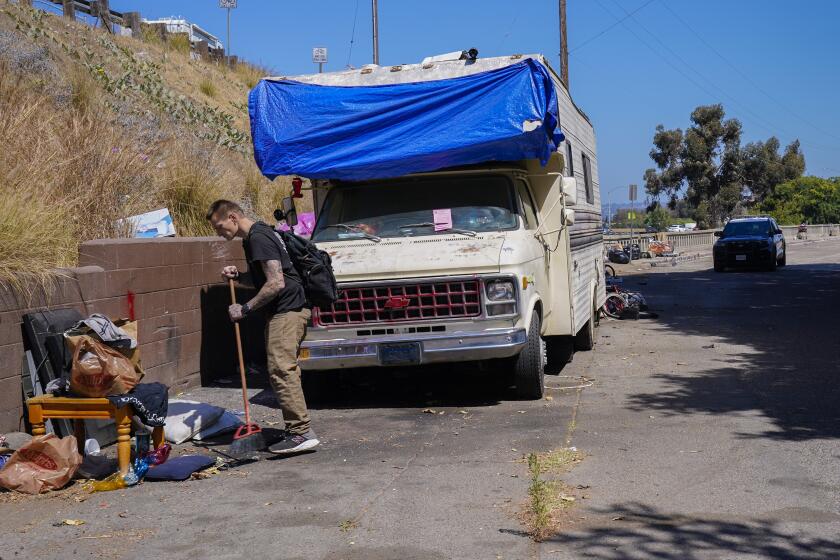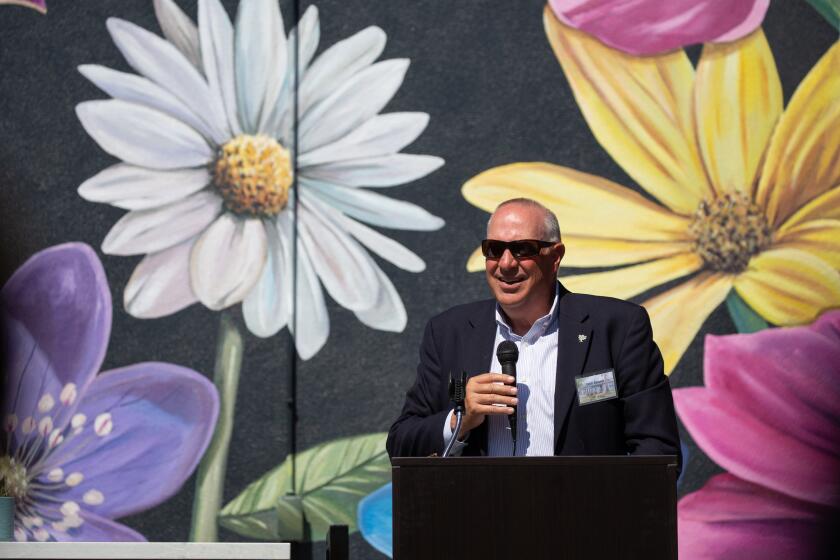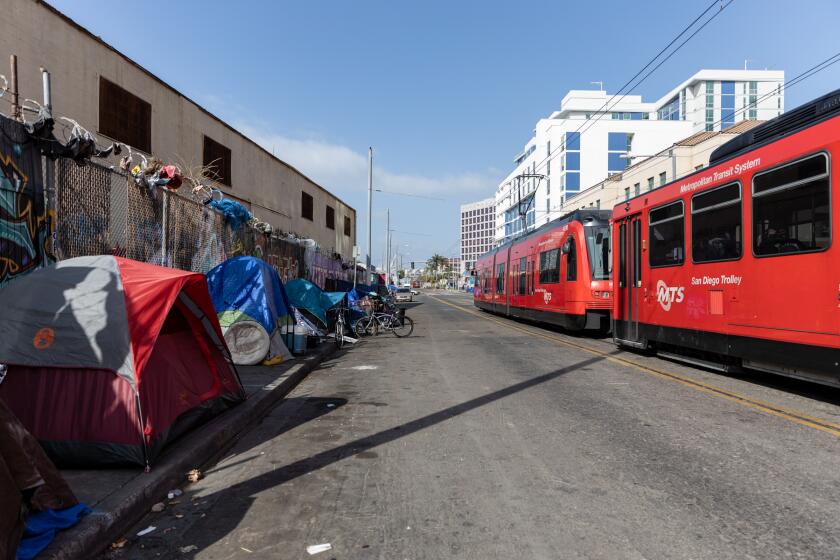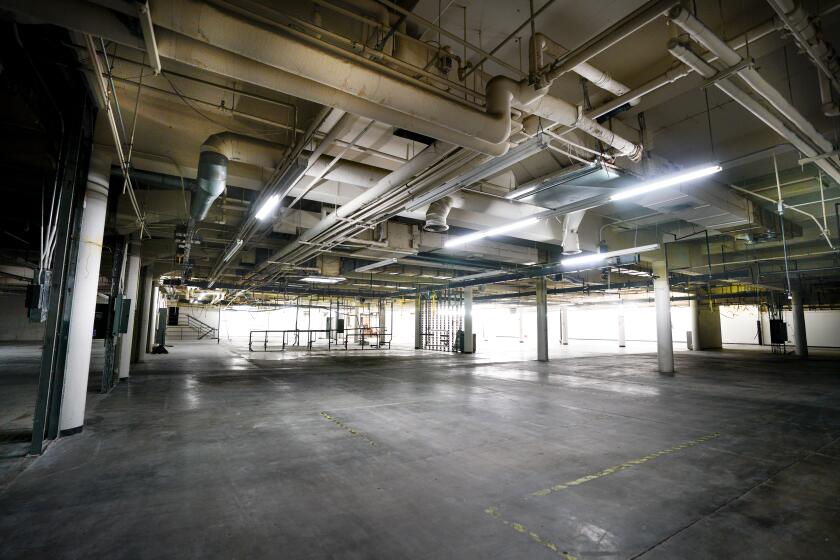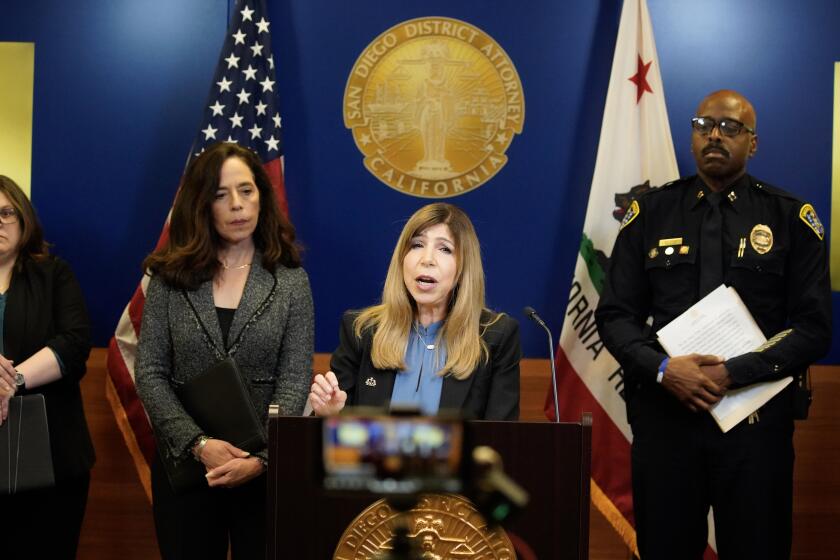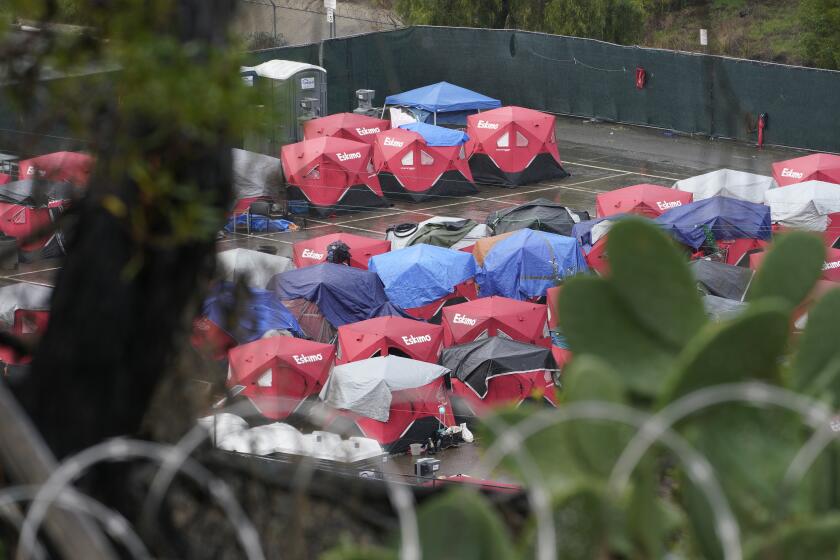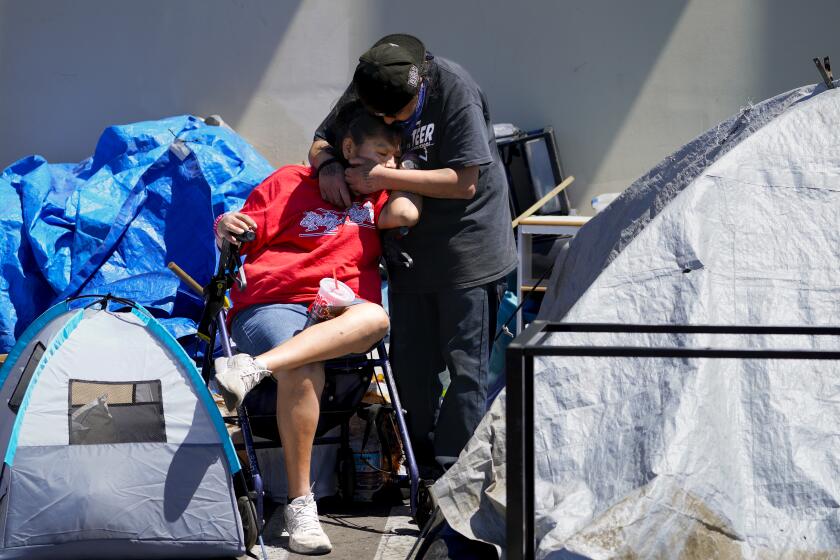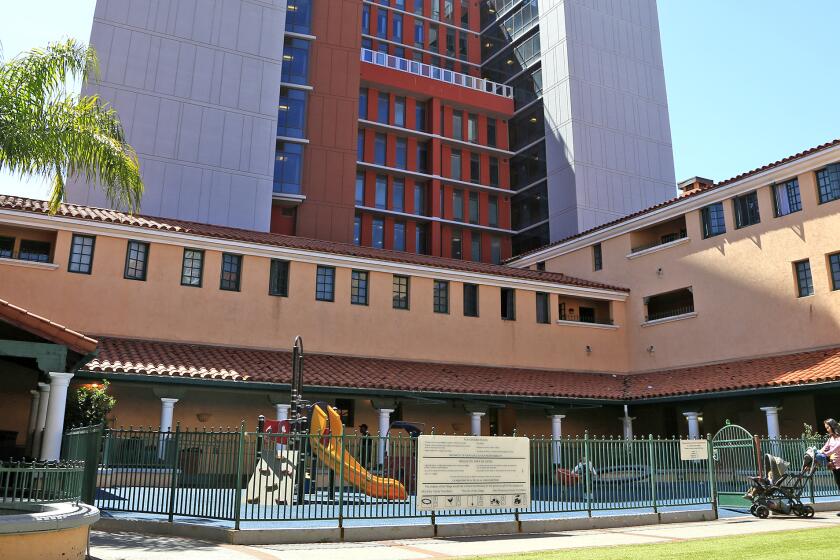Report: Number of new homeless people in county doubled in 2020
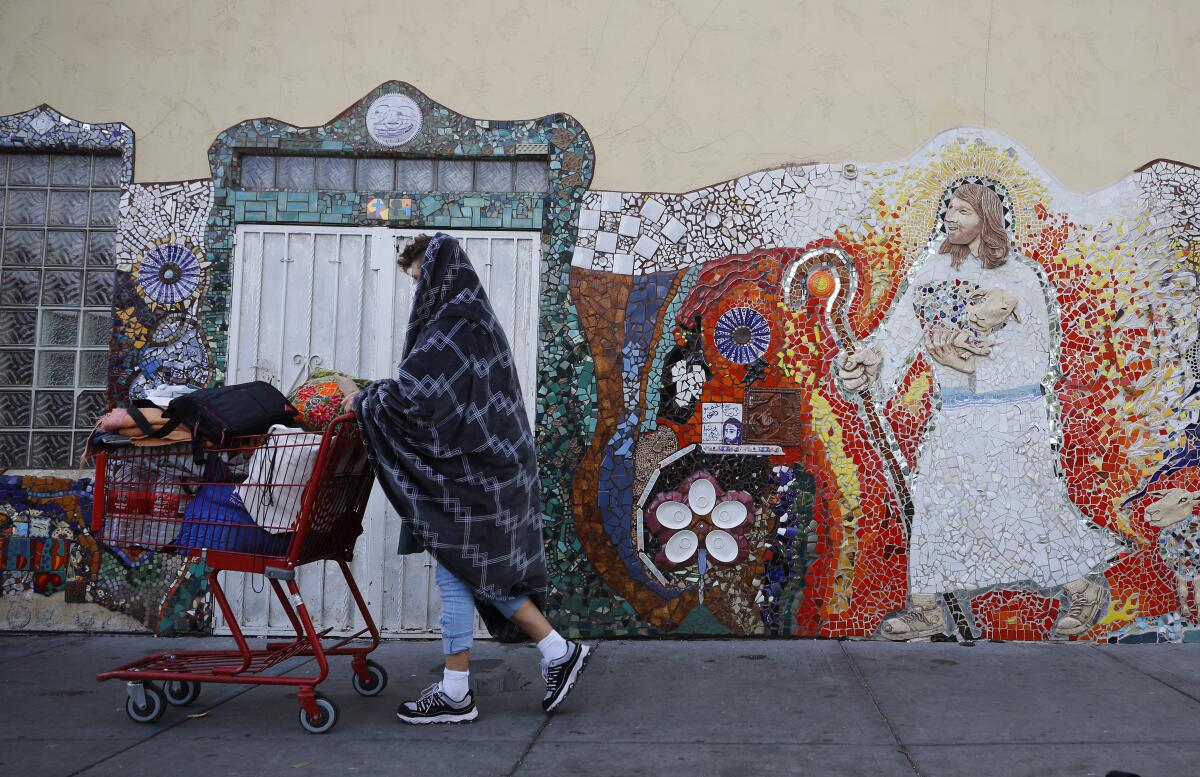
Pandemic likely cause for spike in numbers that are just the ‘tip of the iceberg’
The number of people who became homeless for the first time more than doubled last year, a possible result of the pandemic and a concerning trend that could worsen when eviction moratoriums and rental assistance programs end.
In its Homeless Crisis Response System report from 2020, the Regional Task Force on the Homeless found the number of first-time homeless people in the county increased from 2,326 in 2019 to 4,152 in 2020, a 79 percent jump. The previous year saw a 6 percent decrease from 2018.
Among households, first-time homelessness increased from 1,910 to 3,450 last year, up 81 percent. The previous year saw a 3 percent decrease.
“It is unknown if COVID-19 is the reason for the increase in 2020 as there have been eviction moratoriums in place at the federal and state levels, but it is well-known that the pandemic strained employment, health care, and housing configurations, which may have contributed to the increase,” the report stated.
The report also speculated that the increase could be the result of better methods of collecting data and reaching more people in 2020 than previous years.
“This is one I think we really need to keep an eye on,” said Kris Kuntz, chief policy officer of the RTFH. “We don’t know if the pandemic really was the reason for this, but it’s something we’re looking into. We need to figure it out, because this trend is going to continue into this year and next year. It’s a big challenge for the homeless system.”
The numbers do not come from the annual point-in-time count, a one-night event that usually occurs in January, but represent the number of people who sought homeless services through the year, which is a significantly higher number.
The annual count was not taken this year because of concerns of spreading the coronavirus. The January 2020 count found 7,658 homeless people countywide, including people in shelters and sleeping outside. In contrast, the new report found 38,023 people received some form of housing and services, ranging from homelessness prevention to permanent supportive housing, the most ever recorded in the county.
While the report had some alarming data, it comes at a time when several steps are being taken countywide to address homelessness. On Monday, San Diego Mayor Todd Gloria proposed spending $10 million on more outreach workers, 300 additional shelter beds and other efforts to help the city’s homeless population.
The county Board of Supervisors recently voted to fund 10 outreach workers in North County and created a Department of Homeless Solutions and Equitable Communities. The city of Oceanside plans to open a shelter this year, the San Diego Rescue Mission is looking at opening shelters in North County and South Bay, and Father Joe’s Villages plans to house 500 homeless people after the February opening of its Saint Teresa of Calcutta Villa under construction downtown .
In positive news, the RTFH report said 6,028 people making up 4,049 households either remained in their homes because of homeless prevention programs or moved from homelessness into permanent housing last year. That housing included rental units, subsidized housing or rooms provided by family or friends on a permanent basis. The report didn’t say how many people exited homelessness into housing in previous years.
Of homeless people who moved into permanent housing, 2,518 had been in shelters, rapid-rehousing programs or had been on the street and were helped by outreach workers
Bill Bolstad, chief strategy officer of Father Joe’s Villages, said he saw some encouraging signs in the report, but was alarmed by the increase in newly homeless people.
“The drastic increase of first-time homelessness from 2019 to 2020 is deeply concerning, especially in a time when eviction moratoriums are fast-approaching their expiration dates and rental assistance funds are being exhausted,” he said in an email.
Bolstad said he was encouraged to see that more people than ever had been helped with homeless services such as diversion programs, outreach and shelters.
“However, in order for us to truly reach our goal of making homelessness rare, brief and non-recurring, government agencies and homeless services providers must also continue to build additional affordable and supportive housing, combined with comprehensive services, to help neighbors build and maintain self-sufficiency for good,” he said.
Donnie Dee, president and CEO of the San Diego Rescue Mission, said the data showed there is a need for more shelters to immediately help people on the street. Dee also said he believes the pandemic was behind the increase in new homeless people.
“It’s got to be the pandemic,” he said. “How many people lost their jobs? A lot of Americans live month to month, paycheck to paycheck”
Dee said he saw the number of homeless people on the street increase last March, just as businesses were shutting down because of the pandemic. Each week, he meets one or two people coming into the Rescue Mission program who are newly homeless for a variety of reasons, including job losses, he said.
The report spanned January to December 2020 and compiled information from the Homeless Management Information System, a regional database used by service providers to document who is receiving housing and help through their programs. The RTFH oversees the database.
The report also found 2,530 veterans, 2,201 unaccompanied youth, 882 families and 2,963 people age 62 and older were in a shelter or had been on the street and received help from an outreach worker or at a day center.
About 25 percent of people in shelters were 55 or older last year. The report didn’t indicate the percent of older people in shelters in past years, but noted that the high percent likely was because they were given priority for emergency services during the pandemic as they were more vulnerable to COVID-19.
Also in 2020, the RTFH created an ad hoc committee to look into why Black people are over-represented in the local homeless population.
While Black people make up about 5.5 percent of the county’s population, the January 2020 point-in-time count found they made up 21 percent of people living without shelter and 30 percent of people in shelters on the night of the count.
The report also found a higher percent of people in shelters were broke. About 72 percent of people in shelters last year had no income, up from about 50 percent the previous two years.
People with no income represented 18 percent of those who reached out to homeless prevention programs last year. In 2019, they represented 9 percent.
“This analysis I would say is the tip of the iceberg,” Kuntz said about the overall report.
Kuntz called the report a high-level look at key indicators in the homeless system, and said the next step will be to dig into the data to find what the numbers mean, whether needs are changing, and how the system can do better.
Get Essential San Diego, weekday mornings
Get top headlines from the Union-Tribune in your inbox weekday mornings, including top news, local, sports, business, entertainment and opinion.
You may occasionally receive promotional content from the San Diego Union-Tribune.

